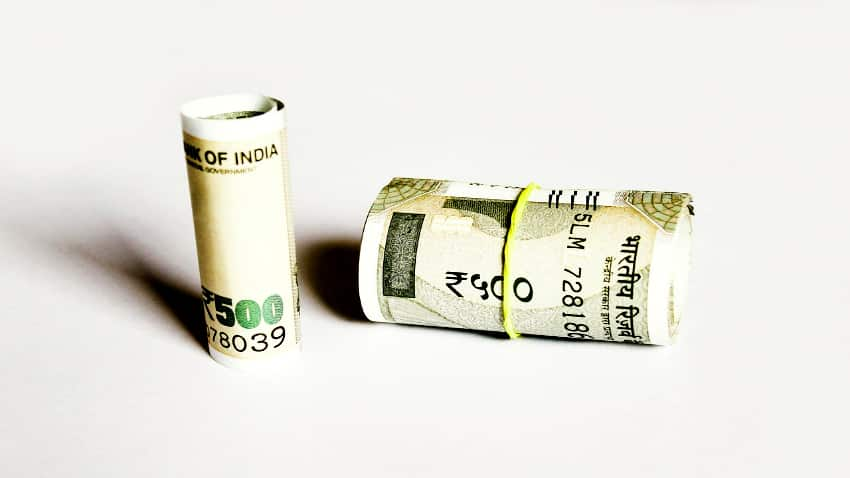EPF vs SIP vs PPF: Which can help generate highest retirement corpus on Rs 11,000 monthly investment in 30 years?
EPF vs SIP vs PPF Calculator: Individuals who are looking for retirement planning can pick a number of retirement schemes. Some of the schemes are Employees' Provident Fund (EPF), Public Provident Fund (PPF), and Systematic Investment Plan (SIP) in mutual funds.
EPF vs SIP vs PPF Calculator: When people plan for retirement, they often find themselves in a dilemma of picking the right investment scheme. Some of the questions that make them confused are- should I invest in a market-linked or non-market-linked scheme? Should I prefer high growth over security? Or, is security more important than high returns in retirement planning? However, if one is in their 20s or early 30s, it is good to have an equity-heavy retirement portfolio and increase the debt exposure as they gets older. Employees' Provident Fund (EPF), Public Provident Fund (PPF), and mutual fund Systematic Investment Plan (SIP) are some of the investment schemes where people invest for retirement planning. Know more about them and how Rs 11,000 monthly, or Rs 1,31,000 yearly, investment in EPF, PPF, and mutual fund SIP can help one generate in 30 years.
Photos: Unsplash/Pixabay
(Disclaimer: This is not investment advice. Do your own due diligence or consult an expert for retirement planning).
EPF

The retirement scheme is for private sector employees, where they contribute monthly to their EPF corpus. EPF provides 8.25 per cent interest rate to its subscribers. The interest is reviewed quarterly by the finance ministry on the recommendation of the labour ministry. Apart from the employee's contribution, the employer also contributes to the employee's EPF account.
EPF

The minimum EPF contribution is Rs 1,800, while the maximum is 12 per cent of the basic salary and dearness (DA). The subscriber can invest till the age of 60, but they can withdraw the entire corpus at 58. Deposits up to Rs 1.50 lakh in a financial year provide tax benefits under Section 80C of the Income Tax Act, 1961. The interest earned and the maturity amount are tax free.
PPF

Like EPF, PPF also falls in the exempt-exempt-exempt (EEE) category, where deposits up to Rs 1.50 lakh in a financial year, interest earned, and maturity amount are tax free. The scheme provides 7.1 per cent interest rate, and the account can be opened in a post office or a bank. The minimum investment in a PPF account is Rs 500, while the maximum is Rs 1.50 lakh in a financial year.
PPF

SIP

SIP is the most popular way of investing in mutual funds. In SIP, one can invest a fixed amount every investment cycle that can be daily, weekly, monthly, quarterly, half-yearly, or yearly. Mutual funds allow SIP investment for as little as Rs 100. However, most of the funds have Rs 500 as the minimum SIP investment. Investors can increase or decrease the SIP amount.
SIP

They can stop it and restart. They can go for a step up SIP, where their investment amount increases every year. When investors invest through SIP, they purchase net asset value (NAV) units of a mutual fund. In different investment cycles, they buy NAVs at different rates. The process is known as rupee cost averaging and, in the long run, minimises the possibility of negative returns. If one sticks to SIP investment for a long term, they can generate a sizeable corpus.
Retirement corpus from Rs 11,000 monthly investment in EPF in 30 years

Retirement corpus from Rs 11,000 monthly investment in PPF in 30 years

Retirement corpus from Rs 11,000 monthly investment in SIP

Retirement corpus from Rs 11,000 monthly investment in SIP (debt mutual fund)

Retirement corpus from Rs 11,000 monthly investment in SIP (hybrid mutual fund)






